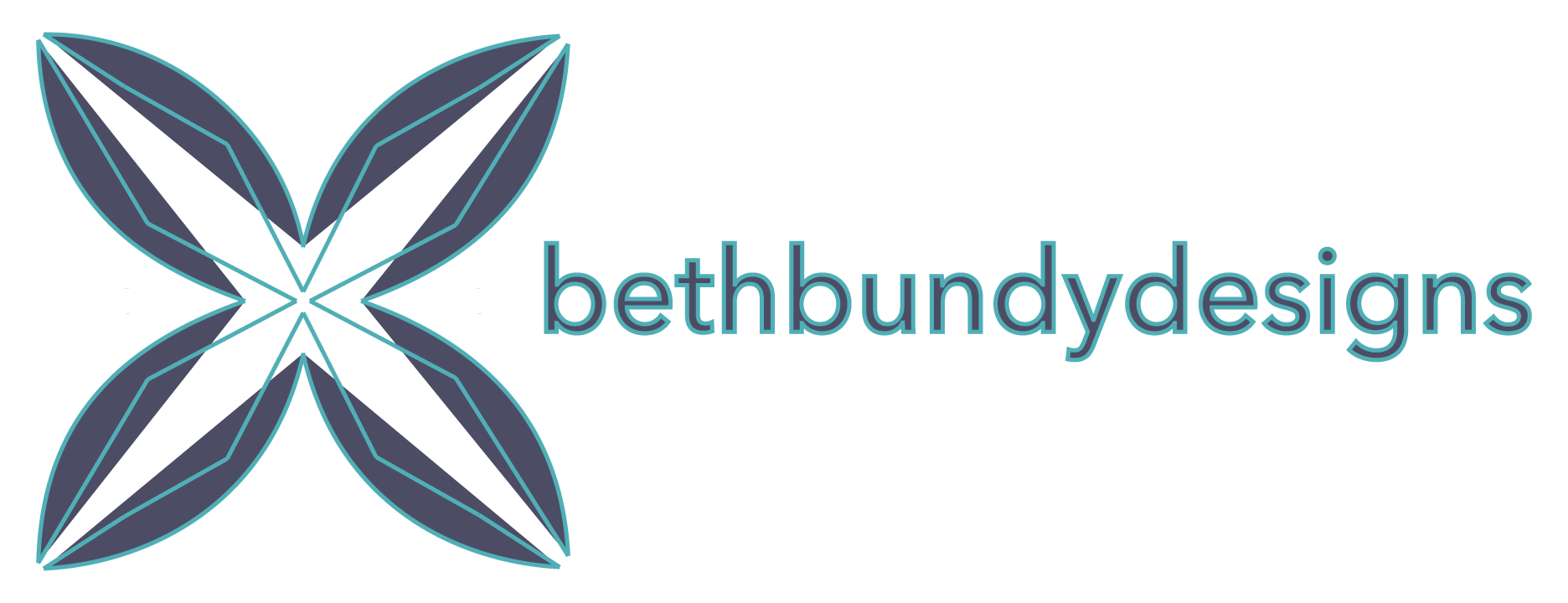What is a maker space? How does one teach maker education? What are people in the Portland area doing with students in this maker movement?
I've been asking these questions to myself and to others over the past few weeks and have had several conversations with experts in the field. I've spoken with Marie Tyvoll from Portland Public Schools about the board mandated 7th grade maker experience, Glennon Stratton about his work with a cohort of teachers on how to teach maker education, and sat down with Kristin Moon (my former Design and Innovation co-teacher and STEAM teach extraordinaire) and picked her brain on the subject. Yet I still have questions.
So, I decided to immerse myself in the experience instead and instead of just talking and asking, I stepped inside of a maker space in a school here in Portland. Michael Hyde is a technology and maker educator. He started this space at Portland Jewish Academy a couple of years ago and invites teachers to collaborate with him in designing maker experiences for their students. I spent my first day there last Friday.
The students were impatient to get to making so when there were only 7 minutes left in the second grade class period, they manipulated Michael into letting them make something. As an art teacher of elementary aged kids for so long, I thought to myself "this a recipe for disaster." But the kids seemed to know exactly what to do when he said, "You have seven minutes, you can choose three materials, now GO!"
They ran to the bins of prototyping materials and began taping and wrapping and holding things together to see if they could manipulate the materials together into some kind of cool contraption. Of course there were a few that stuck but watching them work through it was captivating. One of my favorite things about teaching in an elementary art classroom was watching the ideas unfold, students struggling and then finding their way. And this time I didn't feel the pressure of having to guide and teach and control these students, I could just watch. And they did not disappoint.
"I can't figure out how to get these to work together," said one little girl as she tried to attach a small pie pan to some rope. "I think I want to switch materials." She thinks out loud to no one in particular. As the art teacher, I try to give her an idea of how to combine them and slowly walk away. She continues to try new things but eventually I see her with a huge smile and new set of prototyping materials in front of her. She had worked through the frustration and solved the problem in her own way. That's what making is all about.
One student questions what to do with their chosen materials.
At one point I was chatting with the classroom teacher as she stood back and waited for the students to be done, undoubtedly waiting for the 7 minutes of chaos to be up. I said "Whoa. Look around. They are all totally engaged!" I might have been more amazed than she was but hopefully at some point she'll realize that this is what really gets the brain going. Every squirrelly child in her classroom was silent and working and enjoying the process.
They were not happy when Michael declared that they would now leave their new creations in the box for the net time they came to the maker space. "But I want to take it home! But mine is finished! Pleeeeaaaassse," they said as they tried to get their way once again. This time Michael stood his ground. "Let's keep them here and next time you can take them home. We want to hear your storied about your creations."
I will be going to spend time in this maker space every Friday this year and look forward to hearing all of the stories of making.

